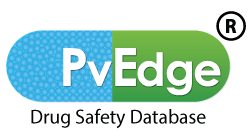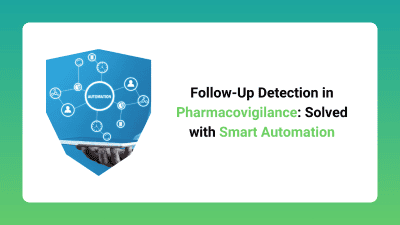Every pharmacovigilance professional knows the challenge: a new case comes in, and you have to ask—is this a follow-up to an existing report or an entirely new ICSR? Getting the answer right is essential. Getting it wrong can lead to duplicate submissions, missing safety updates, or flawed signal detection.
Follow-up detection has always been a tricky and manual task, especially when the incoming data is incomplete, formatted differently, or comes from multiple sources. But with automation now becoming part of the pharmacovigilance workflow, that’s starting to change.
Why Follow-Up Detection Matters
Follow-up reports often contain critical updates—new lab results, recovery status, additional reactions, or corrections to earlier reports. Regulatory bodies like the EMA, FDA, and Health Canada expect follow-ups to be correctly linked to their original ICSRs. Failing to do this may result in fragmented case histories or inconsistent safety data.
For companies handling thousands of cases a month, missing even a small percentage of follow-ups can have serious consequences.
Manual Detection Isn’t Scalable
Traditionally, detecting follow-ups involves manually checking fields like case number, patient demographics, or narrative similarities. But this becomes a slow, labor-intensive process when case volumes are high or when multiple global affiliates and vendors are involved.
Worse, case IDs aren’t always consistent. Sometimes a follow-up comes with no clear identifier, and it’s up to the reviewer to spot clues in free text fields. That leads to delays, guesswork, and errors.
How Automation Changes the Game
Automation brings pattern recognition and logic-based matching into the process. Systems can scan incoming cases for known identifiers, compare data fields like initials, dates, and reactions, and flag potential follow-ups with high confidence.
These tools can also:
Match unstructured text using NLP
Identify variations in case identifiers
Detect duplicates alongside follow-ups
Log the matching logic for audit purposes
This reduces the burden on safety teams and ensures that important case updates don’t get lost in the noise.
The Bigger Picture
Follow-up detection may sound like a small task, but it’s vital for accurate pharmacovigilance reporting. When done right, it keeps patient data clean, ensures continuity in safety evaluations, and prevents over-reporting.
With automation, teams can trust the system to catch what humans might miss—faster, and with far more consistency.



